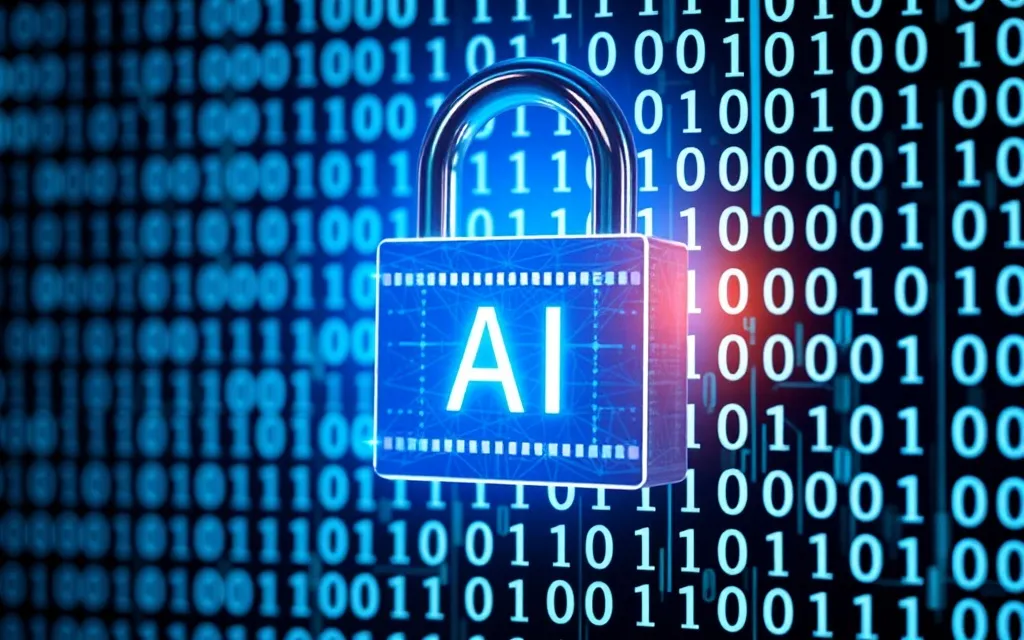
2024-11-14T04:00:00+00:00
In today's fast-paced world of artificial intelligence (AI), security is a critical concern. As AI becomes integral to industries worldwide, understanding and mitigating AI security vulnerabilities is essential to protect these technologies. This guide explores the key weaknesses in AI, outlines strategies for managing risks, and emphasizes the importance of securing AI systems against cyber threats.
AI security is not just about defending against external threats; it also involves preventing AI technologies from being exploited as tools for cyberattacks. By automating threat detection, prevention, and response, AI security enhances an organization's overall security posture. AI tools, using machine learning and deep learning, analyze data to detect patterns and identify anomalies as potential threats. This capability significantly improves the speed and accuracy of threat detection, reducing the time to identify and contain breaches.
The AI security market is expected to skyrocket, from USD 20.19 billion in 2023 to USD 141.64 billion by 2032, highlighting the growing reliance on AI security tools to protect data, enhance efficiency, and ensure compliance.
Despite AI's advantages, several critical vulnerabilities pose significant risks:
Flaws in AI Frameworks: Security flaws in AI frameworks, such as those found in Ollama, can lead to denial-of-service (DoS) attacks, model poisoning, and model theft. These vulnerabilities can be exploited to disrupt operations or steal sensitive AI models.
Adversarial Attacks: AI systems are vulnerable to adversarial attacks, where malicious inputs are crafted to deceive AI models. These attacks can undermine the integrity and reliability of AI systems, resulting in incorrect decisions or outputs.
Data Security and Privacy: AI systems require large datasets for training, raising concerns about data security and privacy. Protecting data is crucial to prevent unauthorized access and misuse.
Ethical and Legal Challenges: The self-learning nature of AI systems introduces potential risks related to data training, and intellectual property issues arise with AI-generated content. Businesses must navigate these legal complexities to ensure compliance and protect their interests.
Effective AI risk management requires a comprehensive approach:
Data Governance: Implementing robust data governance frameworks ensures data integrity and security. This includes establishing clear data usage policies and ensuring compliance with relevant regulations.
Integration with Existing Security Measures: AI security should complement existing cybersecurity measures to create a unified defense strategy, enhancing threat detection and response capabilities.
Continuous Learning and Skill Development: Bridging the AI security skills gap is crucial. Organizations should invest in continuous learning and training programs to equip their workforce with the necessary skills to manage AI security effectively.
Ethics and Transparency: Prioritizing ethics and transparency in AI development and deployment helps build trust and ensures responsible use of AI systems.
Securing AI systems demands a proactive approach to identify and mitigate potential threats. Organizations should:
Conduct Regular Security Audits: Regular audits help identify vulnerabilities and ensure that security measures are up-to-date.
Implement Multi-Factor Authentication: Strengthening access controls with multi-factor authentication can prevent unauthorized access to AI systems.
Leverage AI-Enabled Security Tools: Using AI-enabled security tools can enhance threat detection and response, providing robust defense against evolving cyber threats.
As AI continues to reshape industries, understanding and addressing AI security vulnerabilities is more important than ever. By implementing effective risk management strategies and securing AI systems, organizations can protect themselves against AI cybersecurity threats and fully harness AI's potential.
In conclusion, the journey to secure AI is ongoing and requires constant vigilance, innovation, and collaboration across sectors. How is your organization preparing for the future of AI security? Share your thoughts and explore further to ensure a safer and more secure future for all.